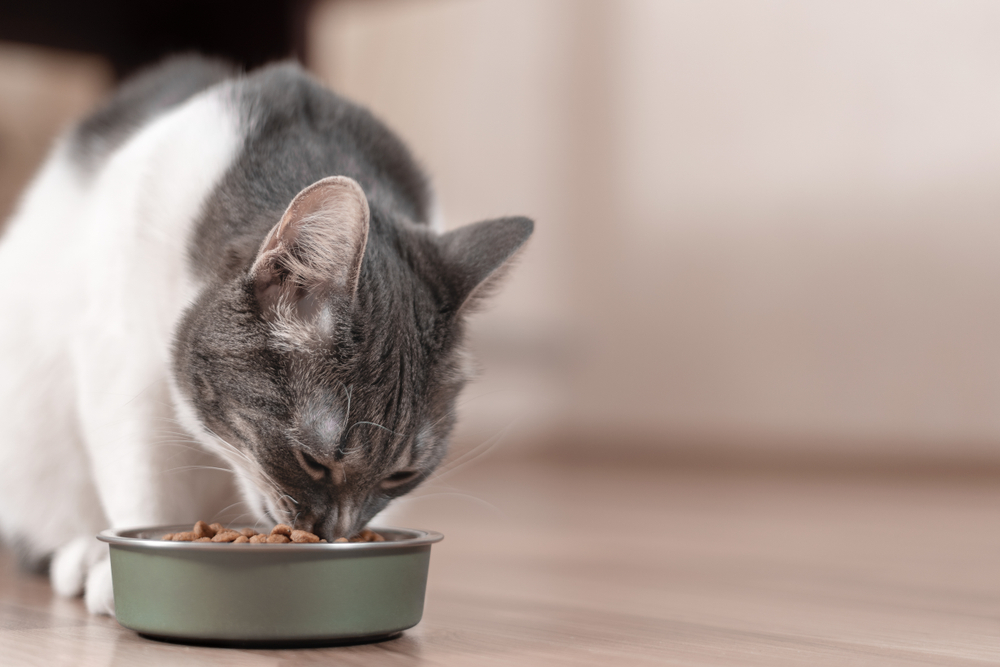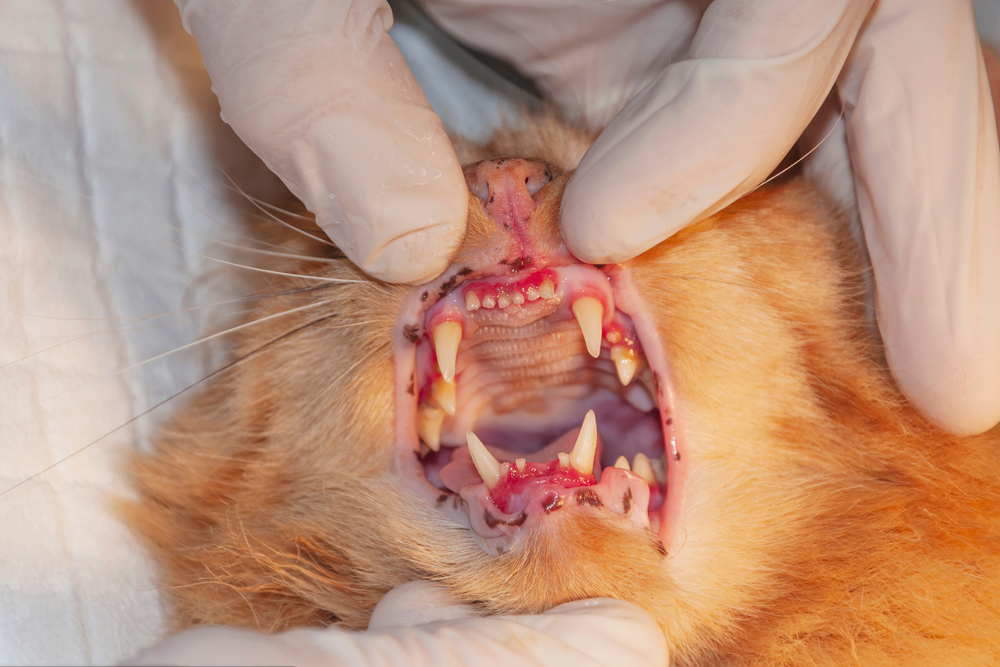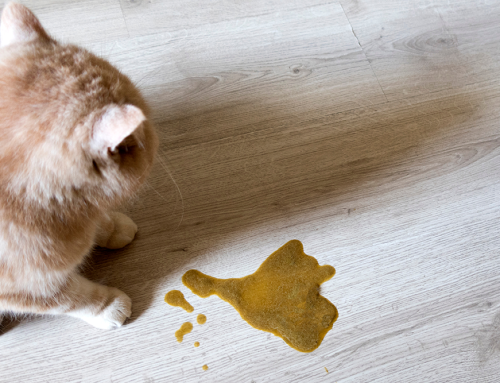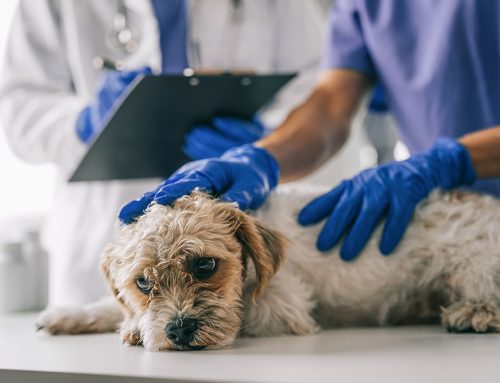Like people, cats face many health challenges, and dental problems are no exception. While people commonly grapple with tooth decay, cats experience tooth resorption, a distinct feline dental issue. This condition gives rise to painful lesions akin to cavities, weakening an affected cat’s teeth over time. Because our Willow Wood Animal Hospital team considers oral health essential for cats’ overall well-being, we explain feline tooth resorption types, stages, causes, signs, diagnosis, and treatment.
Feline tooth resorption types and stages
Understanding the anatomy of a cat’s teeth is crucial to comprehend feline tooth resorption. Like your teeth, your cat’s teeth have tough enamel, cementum, and dentin. Feline tooth resorption causes a gradual enamel and dentin breakdown, leading to painful lesions. Veterinarians categorize tooth resorption into two main types:
- Type 1 resorption — This feline tooth resorption type destroys a tooth’s crown but spares the roots, leaving them relatively intact.
- Type 2 resorption — This resorption type affects a tooth’s crown and roots, with bone gradually replacing the roots’ tissues.
Feline tooth resorption can become a severe dental disease. If left untreated, this condition progresses through the following stages:
- Stages 1 and 2 — Lesions resembling cavities form on the tooth’s enamel and extend into its cementum layer.
- Stage 3 — The deterioration advances, penetrating the tooth’s dentin and reaching the pulp.
- Stage 4 — This advanced stage causes the tooth to weaken significantly, eventually breaking.
Causes of feline tooth resorption
While the exact causes of feline tooth resorption are unknown, reported cases have significantly increased over recent decades. Genetic factors may contribute to a cat’s predisposition to this problem. Moreover, periodontal disease, characterized by chronic inflammation that damages tooth ligaments and gum tissue, has been associated with Type 1 resorption. Additional feline tooth resorption factors may include:
- Diet — Excessive acid levels or nutritional imbalances could play a role in tooth resorption development.
- Feline immunodeficiency virus (FIV) — This viral infection may impact an affected cat’s dental health.
- Stress on the teeth — Poor dental alignment and associated stress on the teeth can trigger tooth resorption in some cats.
Feline tooth resorption signs
Detecting feline tooth resorption is a challenge, primarily because cats instinctively hide pain signs. In the early stages, visible signs may be limited to gingivitis or blood in the cat’s water or food bowl. As the condition progresses, cavity-like holes may develop in the affected teeth, and severe cases could lead to fractures. Look out for subtle distress signs, such as drooling, eating habit changes, mood swings, and avoidance of favorite people or toys.
Even during routine toothbrushing and other at-home dental care practices, bleeding gums or holes in a cat’s teeth may not be apparent. However, if excessive tartar buildup occurs on one side of the mouth, your cat may avoid chewing on the other side because of pain or discomfort.
Diagnosis and treatment of feline tooth resorption
To diagnose feline tooth resorption, our Wellness Animal Hospital team takes a comprehensive approach. We typically take dental X-rays while your cat is under general anesthesia to assess the condition’s progression and rule out other possible dental problems. Your cat’s treatment options depend on the tooth resorption severity:
- Minor damage — If your cat’s tooth damage is minimal, we may simply put fillings in the affected tooth’s cavities. However, this is often a temporary solution, as resorptive lesions can continue to grow even after being filled.
- Severe damage — Extraction becomes necessary when tooth resorption has done serious damage. For Type 1 resorption, the entire tooth is usually extracted, offering relief from chronic pain and gum inflammation. For Type 2 resorption, only the affected tooth’s crown is extracted, leaving the roots intact. This procedure is sometimes referred to as a crown amputation.
Reducing the likelihood of severe feline tooth resorption

Feline tooth resorption causes are unclear, so the disease cannot be prevented. However, you can help your cat avoid severe tooth resorption by providing the following:
- Regular dental care — Implementing a routine dental care plan at home, such as frequent toothbrushing, is crucial to spotting feline tooth resorption before the condition becomes advanced. In addition, ensure you schedule your cat’s professional dental cleaning at least once per year.
- Diet — Consult with our veterinary team to determine your cat’s need for specific dietary minerals such as phosphorus, potassium, calcium, and magnesium. We can recommend a specialized diet or supplements.
- Regular veterinary checkups — Through regular veterinary checkups, our veterinary team can catch early tooth resorption and other dental disease signs, facilitating timely intervention.
Understanding feline tooth resorption is important for helping your cat avoid severe tooth resorption signs. Through regular dental checkups and comprehensive professional dental cleanings, we can help manage your cat’s tooth resorption signs before they ruin your cat’s oral health. If you suspect your cat has a dental issue or want to schedule your whiskered pal’s professional dental cleaning, call our Wellness Animal Hospital team.







Leave A Comment